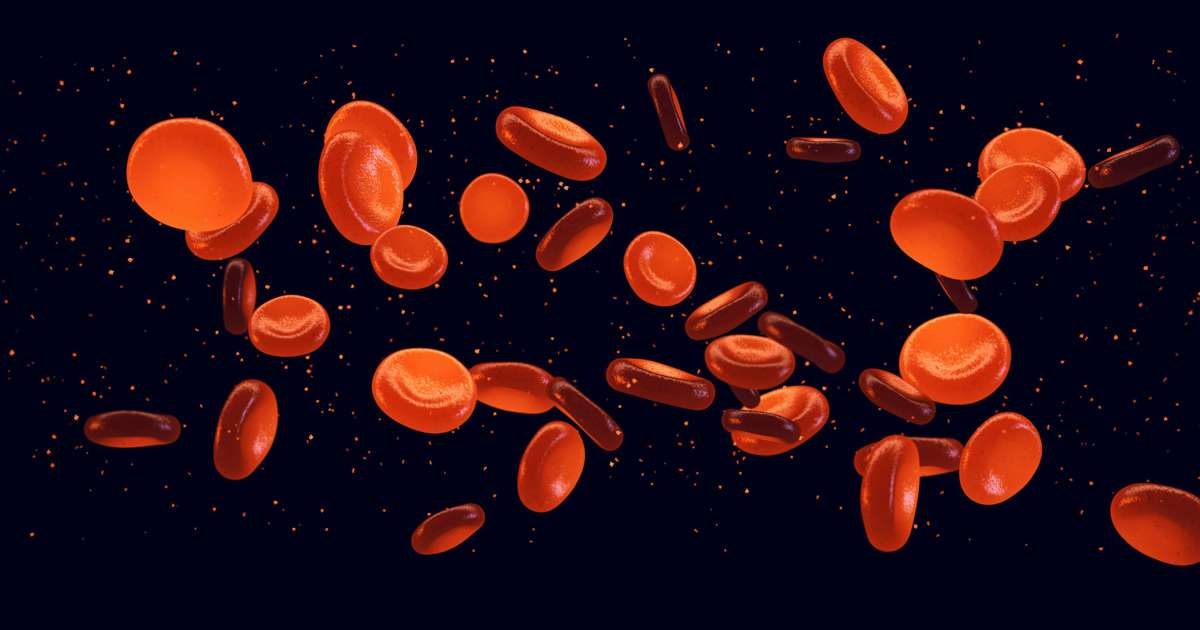September Special: Subscribe to National Geographic for 6 months for just €1. Limited offer!
New National Geographic book packs and special editions at a special price.
A group of researchers has solved a scientific enigma that lasted for five decades with the discovery of a new blood group called MAL.
This discovery, carried out by a team of scientists from NHS Blood and Transplant (NHSBT), the International Blood Group Reference Laboratory (IBGRL) and the University of Bristol, has allowed to unravel the genetic origin of the AnWj antigena blood characteristic previously identified, but whose genetic background remained unknown.
The enigmatic antigen AnWj
The MAL blood group, the 47th to be discovered, according to the University of Bristol, harbours the rare antigen AnWj, which was first identified in 1972However, until now it was not known which gene encoded it. Thanks to this breakthrough, it will be possible to identify patients who lack this antigen, facilitating their treatment and improving the safety of blood transfusions.
People who lack the AnWj antigen (i.e. AnWj-negative) are at risk of severe reactions if they receive blood from AnWj-positive donors. This discovery will therefore allow the development of new genetic tests that identify these individuals. and avoid complications in transfusions.
The mystery surrounding AnWj centered on its rare nature. While some people can lose this antigen due to hematological diseases or certain types of cancer, there are extremely rare cases of people who are born with this inherited trait.
Video: Biomedicine and biotechnology: Origin, challenges and what you should know
In the study, only five individuals with the inherited AnWj-negative phenotype were identified. Despite the rarity of these cases, it is hoped that the discovery will facilitate the identification of more people with this trait in the future.
Mysterious structures discovered under the surface of Mars
Louise Tilley, principal investigator at IBGRL, highlighted the importance of this breakthrough: “Resolving the genetic background of AnWj has been a challenge for over 50 years. This discovery is a significant achievement as we can now provide better care for these rare but important patients.”
The research will be published in the magazine Blood.
Different blood types
There are different blood types due to variations in the molecules (antigens) present on the surface of red blood cells. The most common blood types, A, B, AB, and O, refer to these specific antigens. In addition, there is an Rh factor, which can be positive or negative, resulting in blood types such as A+, A-, B+, B-, AB+, AB-, O+, and O-.
There are also, more than 600 known antigensaccording to the Red Cross, the presence or absence of which creates “rare blood types.” A blood type is considered rare if it lacks antigens for which 99% of people are positive. And if a blood type lacks an antigen for which 99.99% of people are positive, it is considered “extremely rare.”
If incompatible blood types are mixed during a transfusion, the recipient’s immune system identifies the unknown antigens as a threat and launches an attack, which can lead to a transfusion reaction that can be life-threatening.This attack on the immune system can cause blood clots and kidney failure, among other serious complications.


